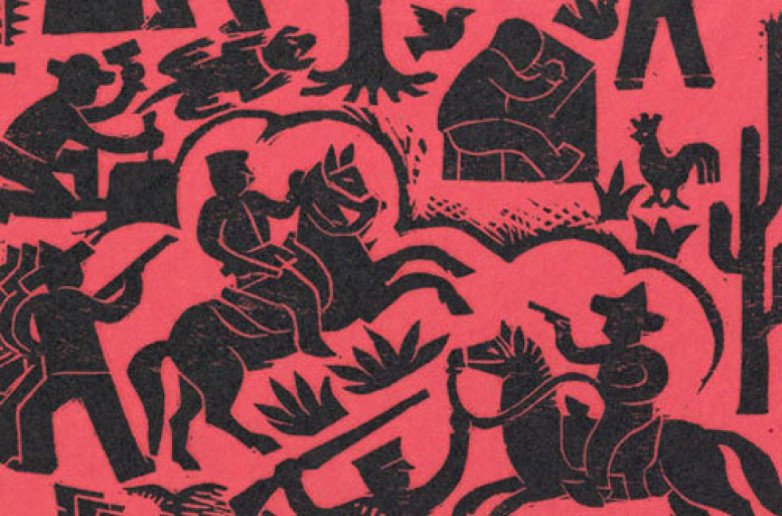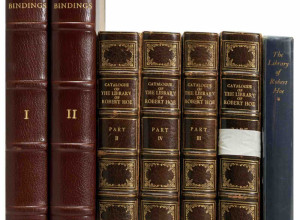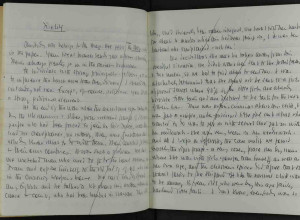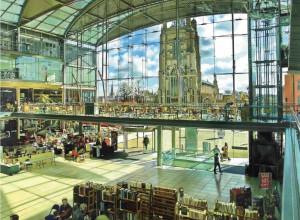Printmaking in Mexico Focus of New Exhibition

Gabriel Fernández Ledesma (Mexican, 1900–1983). Poster advertising an exhibition of work by young Mexican artists held in the Retiro Park, Madrid (detail), 1929. Woodcut, letterpress.
Opening September 12 at The Metropolitan Museum of Art in New York, Mexican Prints at the Vanguard will explore printmaking in Mexico from the 18th to the mid-20th century through works drawn from the Museum’s collection. Among the early works presented will be those by Mexico’s best-known printmaker José Guadalupe Posada whose depictions of skeletons engaged in different activities helped establish a global identity for Mexican art.
Following the Mexican Revolution (1910–1920), printmaking proved to be the ideal medium for artists wanting to address social and political concerns and voice resistance to the rise of fascism around the world. Artists also turned to printmaking to reproduce Mexican murals from the 1920s and to create exhibition posters, prints for the popular press, and portfolios celebrating Mexican dress and customs.
“This remarkable exhibition evokes the continued resonance of the graphic arts in Mexico and illuminates treasures of The Met collection, many of which have never been exhibited before,” said Max Hollein, The Met’s Marina Kellen French Director and Chief Executive Officer. “Reflecting a vibrant tradition that is deeply imbued with political and social history, these works exemplify the extraordinary power of print as a medium and the importance of creative expression as response to specific cultural moments.”
Featuring more than 130 works, including woodcuts, lithographs, and screen prints, by artists such as Posada, Diego Rivera, José Clemente Orozco, Elizabeth Catlett, and Leopoldo Méndez, the exhibition will explore how prints were central to artistic identity and practice in Mexico and highlights their effectiveness in addressing social and political issues, a role of the graphic arts that continues today.
The bulk of The Met’s expansive collection came through the French-born artist Jean Charlot, whose association with the Museum began in the late 1920s. Charlot donated many of his own prints and works by other artists to The Met, and in the mid-1940s acted on behalf of the Museum to acquire prints in Mexico.
Mark McDonald, Curator, Department of Drawings and Prints at The Met, said: “As a long-preferred medium for artists to challenge and support social and political issues, printmaking provides a rich visual record of Mexican history. This exhibition activates The Met’s unique ability to explore this visual history through its extensive holdings of Mexican prints in addition to highlighting a key moment in the Museum’s collecting activity.”
Among the exhibition’s featured works are prints that survive in unique impressions and have not been published, offering a singular glimpse into the breadth of printmaking in Mexico. These include a group of posters from the late 1920s that address public health, workers’ rights, and education. The collection demonstrates The Met’s early interest in Mexican art and culture at a time when there was growing international interest in the subject.
Mexican Prints at the Vanguard is presented in six chronologically organized sections across three galleries, including early printmaking, the artist José Guadalupe Posada, the effects of the Mexican Revolution, public art as a state-sponsored effort to establish cultural identity, and the Taller de Gráfica Popular (Workshop of Popular Graphic Art), established in Mexico City in 1937. The exhibition concludes with a look at printmaking in the 1940s and beyond.
















